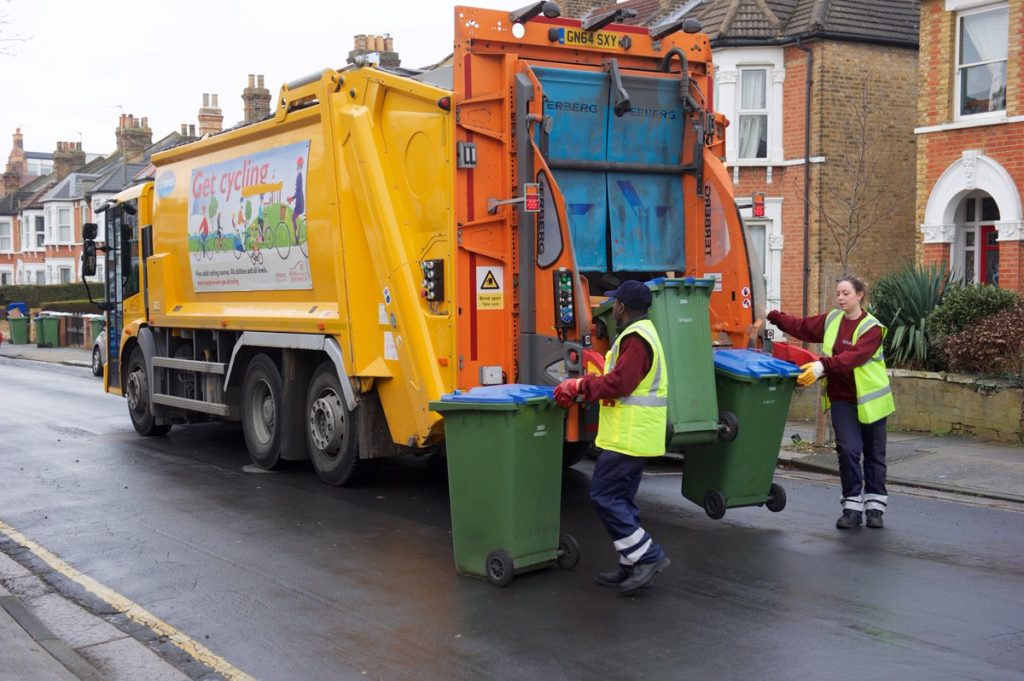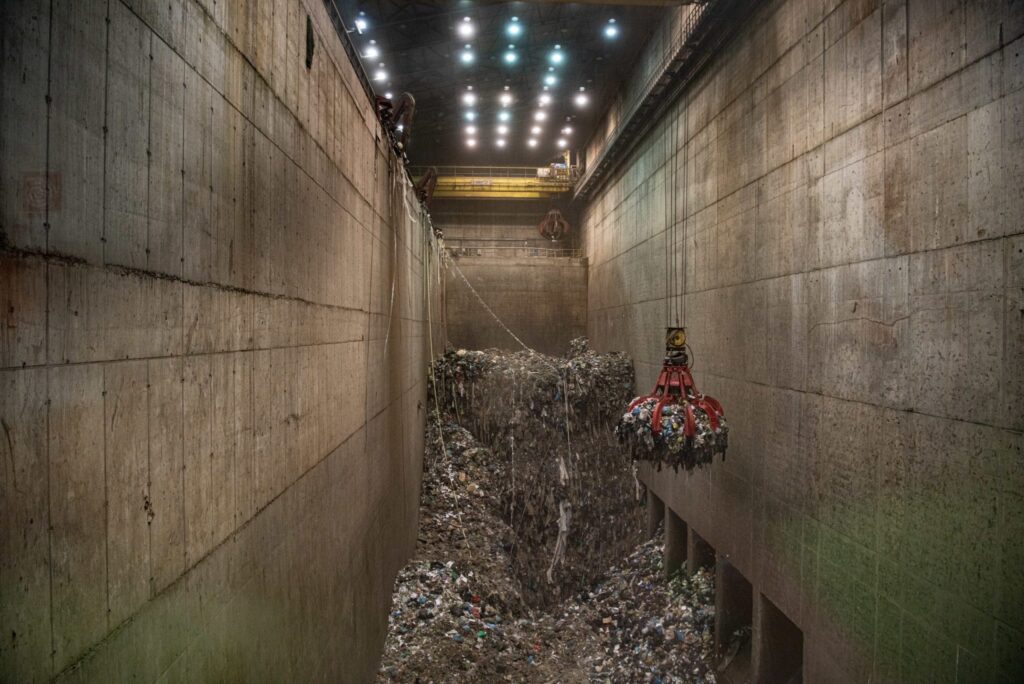The council rolled out the scheme as part of its ‘zero waste’ ambitions, which meant contaminated bins were not collected and instead a warning sticker was placed on them. After three incidents, the bins are removed permanently.
This applied to green topped bins for food and garden waste and blue topped bins for dry recycling. Communal flats were also warned that recycling bins will be removed and replaced with clear sacks if repeatedly contaminated.
In a statement on Friday (3 February), the council said that in December 2022 the amount of rejected recycling when first sorted has decreased from 14.5% the previous month to 3.8%.
The council added that since the new policy began, “over 60% of all residents who had one of their recycling bins tagged, removed the incorrect item and have not gone on to contaminate their bin again”.
Cllr Averil Lekau, cabinet member for climate change, environment and transport, said: “This is brilliant news – by putting the right thing in the right bin, together we’re ensuring that more of our waste is recycled and less is being incinerated as a result. By recycling more of our household waste there will be more room in our black top bins, which will be collected every two weeks from 27 February.”
The local authority explained that recycling is rejected when it contains non-recyclable items. It added that large amounts of contaminated items can result in the entire truck load being rejected by the first sorting station, meaning “everybody’s efforts to recycle go to waste”.
Advisors
The council’s waste advisors have been attending affected properties “to help residents identify the items they need to remove”.
Residents have been advised to avoid contaminating their recycling by rinsing items with food on, putting dry mixed recycling into the bin loose as well as only putting food and garden waste into their organic waste bins, while making sure compostable bags have the seedling logo on.
Zero waste
Greenwich explained that its contamination policy as well as the switch to fortnightly residual waste collection is part of the borough’s move towards zero waste.
The council added that improving household recycling rates is part of the council’s corporate plan titled Our Greenwich, which also aims for the borough to become carbon neutral by 2030.
Royal borough of Greenwich has an estimated population of 289,100, with a recycling rate of 31.5% according to Defra’s latest available figures.










Subscribe for free